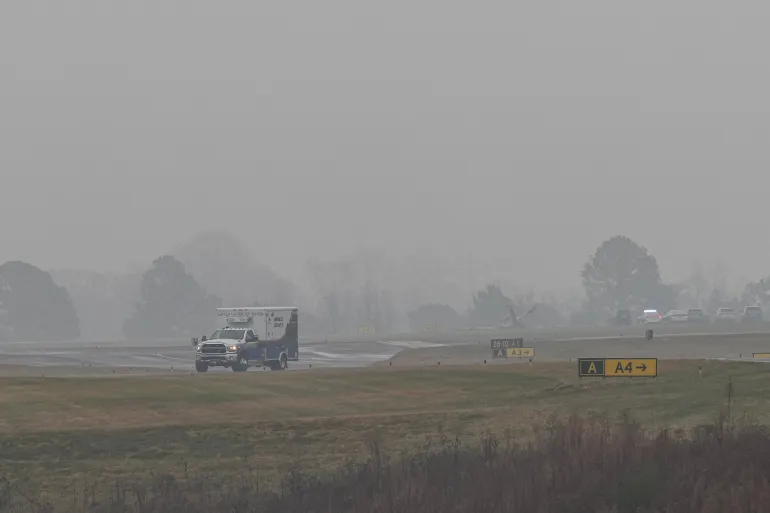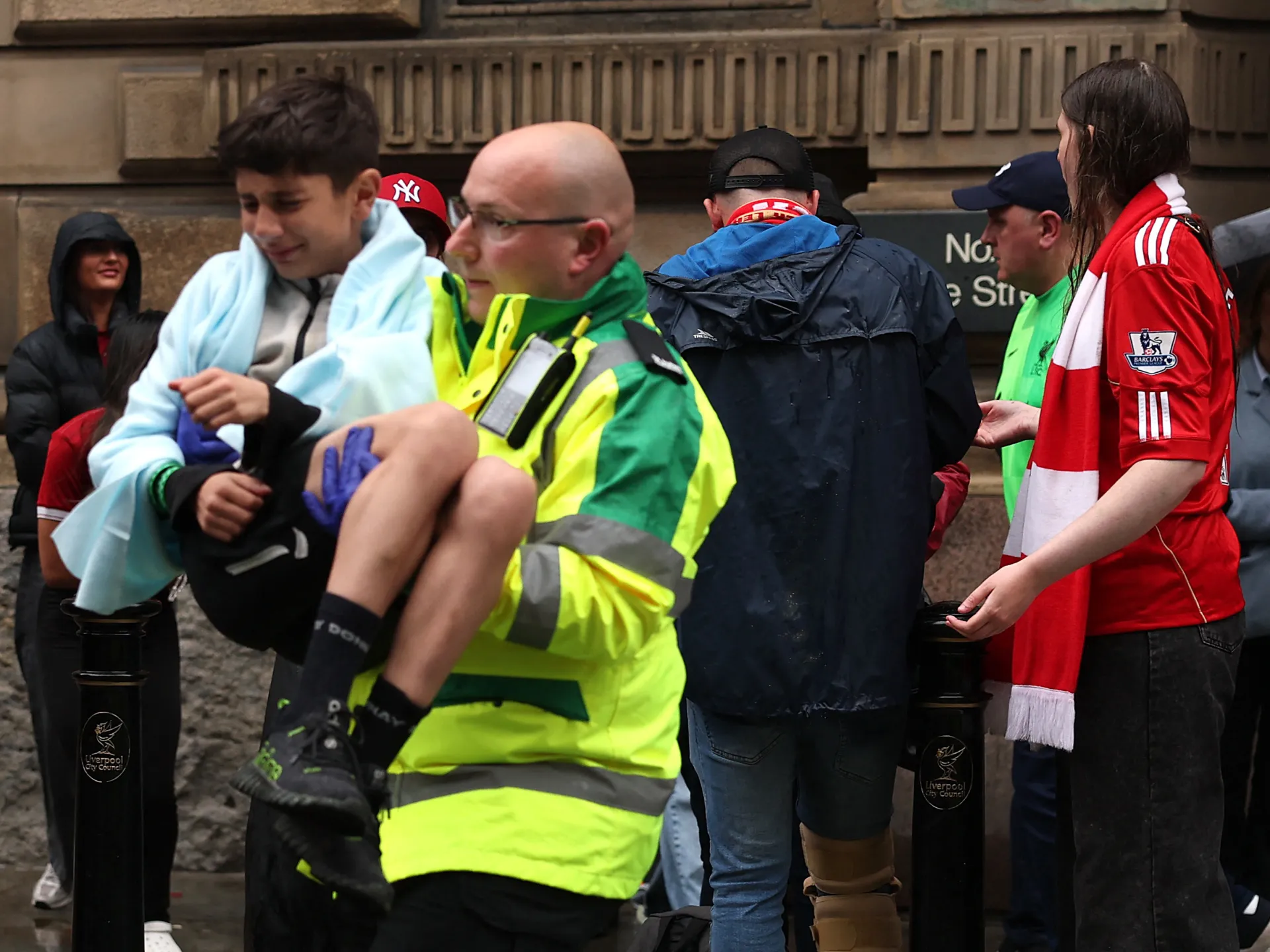Christmas chaos as busy trains are axed over driver shortage – is your journey impacted?
BUSY trains are being axed over a driver shortage, causing Christmas chaos.
Passengers planning to travel on Cross Country trains are today facing major disruption over the dwindling staff numbers – amid warnings from the operator.


A number of services between Manchester and Birmingham were cancelled on Sunday afternoon, with disruption expected until the end of the day.
It comes after a series of planned strikes by railway workers on CrossCountry Trains were called off.
Members of the Rail, Maritime and Transport union (RMT) were due to walk out for the next four Saturdays in a dispute over pay and staffing issues.
The train operator had warned of significant disruption on all its routes if the strikes had gone ahead.
However, the union has announced that the dispute has been resolved.
An RMT spokesperson said: “We have resolved the dispute with the employer and no strike action will now take place.”
RMT members previously walked out on December 6 and 13.
Shiona Rolfe, Managing Director at CrossCountry previously told The Sun, prior to the U-turn they were “disappointed for our customers” over the initial decision to strike.
Network Rail warned passengers to expect delays through Christmas and the New Year ahead of major £130 million works.
The disruption is set to last for a total of a month over the festive period, while crucial work is carried out.
Announcing a raft of festive network upgrades, Network Rail boss Helen Hamlin said: “The period between Christmas and New Year is the quietest on the railway and it’s the best time for us to do the major projects that will take longer than a night or a weekend to complete.
“That’s especially the case this year as we have some very big plans for improving the railway that will mean people may have to travel home on different routes after Christmas than the way they travelled out.
“Thank you to everyone for your patience and understanding and for planning ahead.”
Dover delays
Meanwhile, families getting away for Christmas yesterday were hit with long delays as a massive IT glitch continued to cause chaos at Dover.
The technical issue at the French border control resulted in motorists being trapped in their cars for hours and missing their ferries.
The delays continued today, with ferry passengers grinding to a halt on the approach to the Kent port this morning as nearly 30,000 cars were estimated to embark on outbound sailings during the festive period.
Peak traffic at the port will be between 6am and 1pm, when P&O Ferries, which operates some sailings from the port, urged customers to allow extra time for their journey.
Doug Bannister, chief executive of the Port of Dover, said: “To help ensure a smooth departure, we kindly ask all customers travelling with our ferry partners not to arrive any earlier than two hours before their scheduled sailing, just as you would if departing from a UK airport, and greatly appreciate everyone’s patience should there be any additional waiting time due to the high volumes of traffic.”
Sunday was forecast to be quieter than Saturday on the roads, but motorists were still facing delays on the M25 clockwise from Junction 15 to Junction 19 this morning.
A total of 3.5 million car journeys are expected on Sunday, according to RAC research, but motorists planning last-minute travel could face heavy traffic as 4.2 million getaways are predicted on Christmas Eve, which would make it the single busiest day over the period.
Drivers are being warned the worst hold-ups on December 24 will be between 11am and 7pm.
RAC figures suggest it could be the busiest Christmas getaway on record, with a total of 37.5 million leisure trips between Wednesday and Christmas Eve – the most in the week before Christmas Day since the company began recording the data in 2013.










